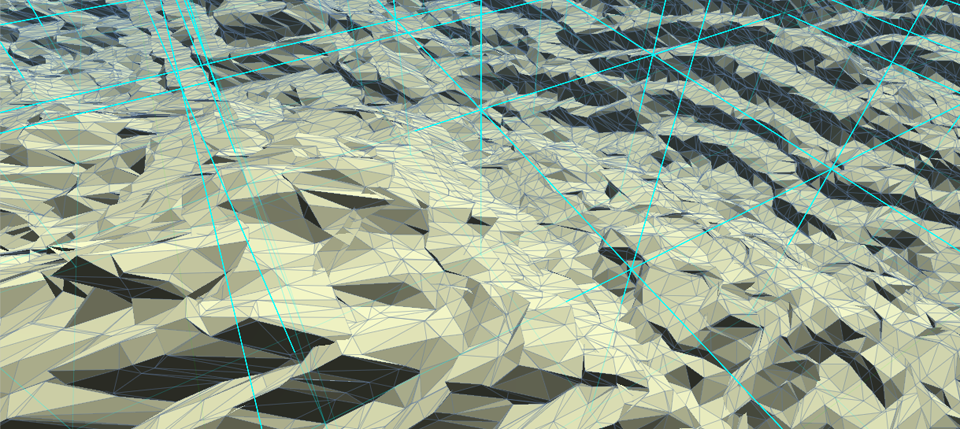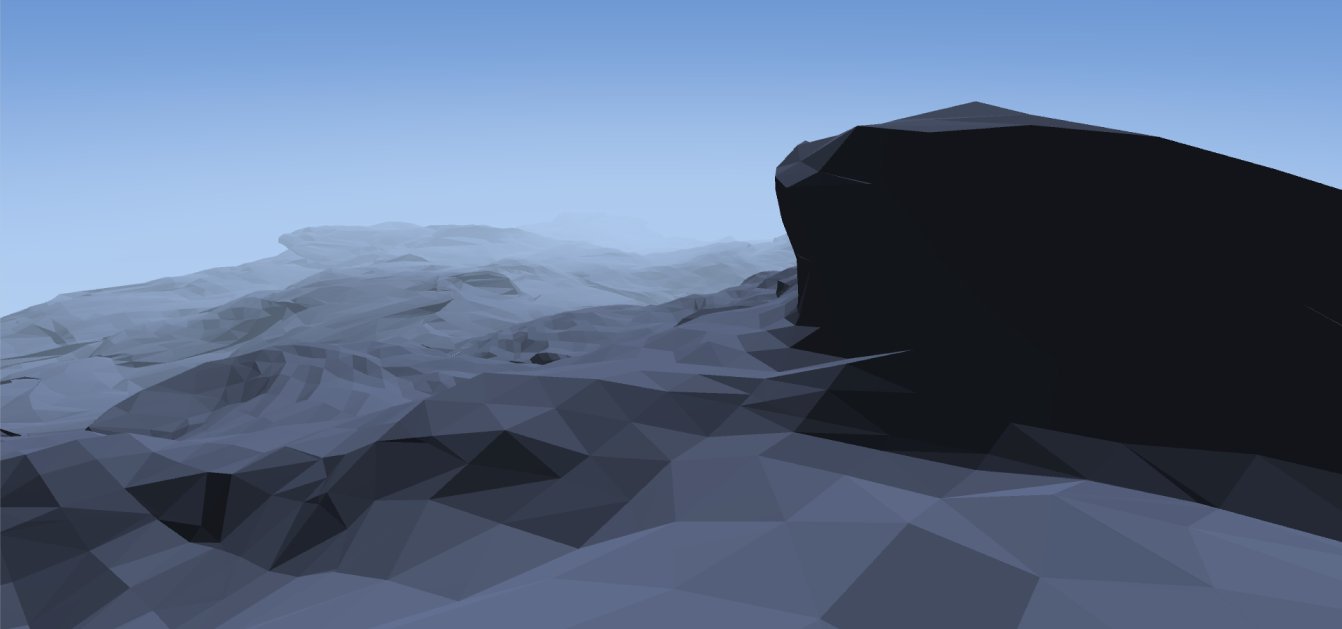
Medjed is a procedural terrain generator. It has its own mini-site where you can read the development archives.
The generator is based on volumetric density functions as a way of describing terrain features. A marching cubes algorithm is used to transform the mathematical terrain description into the meshes suitable for display in Unity.


Having density functions as the source of data allows the generator to be very versatile in the types of terrain it can generate. Composing of density functions is a straightforward mathematical operation, and different types of “post-processing” can then be applied. In this case, I used distortion fields Which I will later (over)use in many of my projects. to give more visual diversity to the terrain. I wrote a more in-depth post about the distortion algorithm here.


Medjed is not being worked on at the moment, although it is being considered for future adaptation into a first-person exploration game.